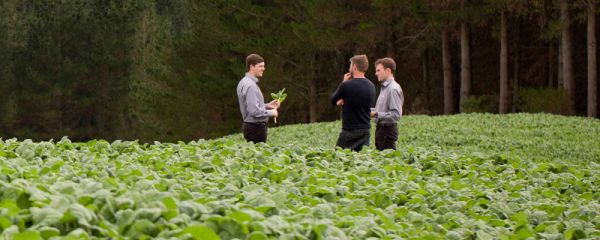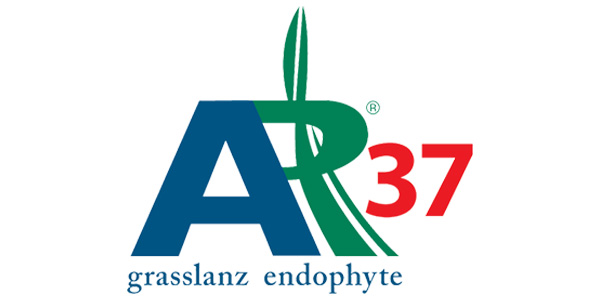
Chicory Management
Chicory Management
Background
Chicory is most productive and persistent when it is rotationally grazed and spelled until 2-4 leaves/plants have fully regrown (crop will have a mass of about 3000 kg DM/ha, or 15-20 cm height). Between spring and autumn this will mean a 21-35 day rotation.
In mid spring (October) of the second season, chicory plants will develop a reproductive stem. This should be grazed off close to the ground while it is small (<10 cm) and soft. A second grazing just two weeks later will reduce stem regrowth for the rest of the season.
Chicory is an extremely productive plant that is very responsive to large amounts of fertiliser. Its main requirement is nitrogen and the clover in the sward will not be able to provide enough fixation for maximum chicory growth. Farms with specialist chicory pastures under irrigation may apply nitrogen (e.g. 60 kg/ha of urea) after every grazing, but for lower input systems 2-4 applications of 80 kg/ha of urea over spring and early summer will be adequate for moderate carrying capacities. Phosphate, sulphur and potassium should be applied at maintenance rates that reflect the higher stocking rates (e.g. 200% of farm average).
Specialist stands of chicory without grass will tend to suffer winter annual grass ingression (e.g. Poa annua) after 1-2 seasons. These can be controlled with grass-selective herbicides to improve spring production and persistence.
When using chicory as a two year crop, it is advisable to spell chicory from grazing during autumn to allow plants to develop.

Our Herbs range
VIEW PRODUCTS



